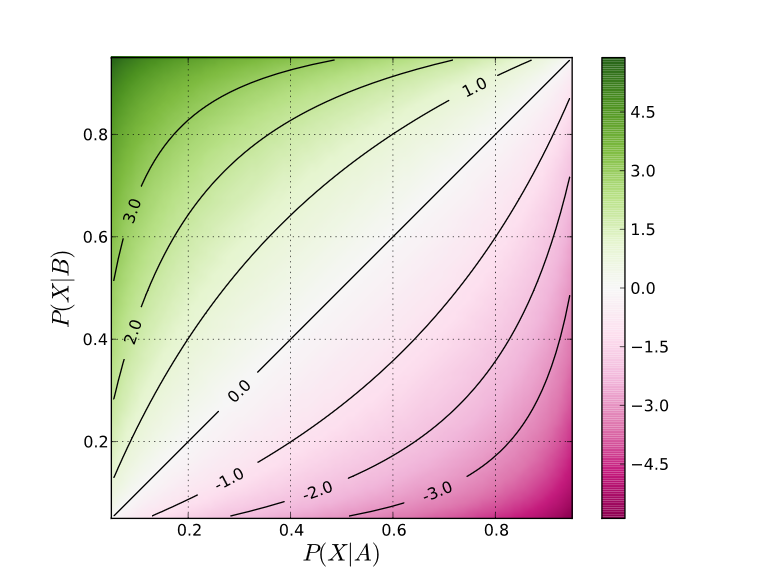
Additional posts in this series:
Force Ratios and Counterinsurgency
Force Ratios and Counterinsurgency II
Force Ratios and Counterinsurgency IV
To summarize the findings of the seven large-N case studies of the relationship between manpower and counterinsurgency:
Troop Density (troops per inhabitant)
- Goode [CAA] (2009) asserted a statistically meaningful relationship between troop density and insurgency outcome.
- Hossack [Dstl] (2007), Blaho & Kaiser [CAA] (2009), and Lawrence [TDI] (2015) found no statistically meaningful relationship between troop density and insurgency outcome.
- Kneece, et al [IDA] (2010) and Friedman (2011) found a statistically meaningful relationship between troop density in defined areas of operation and insurgency outcome
- Friedman (2011) asserted that there was no discernible statistical support for a benchmark troop density level (i.e. 20 troops/1,000 inhabitants).
Force Ratios (counterinsurgents per insurgent)
- Hossack [Dstl] (2007), Libicki [RAND] (2008), Blaho & Kaiser [CAA] (2009), and Lawrence [TDI] (2015) asserted a statistically meaningful relationship between force ratios and insurgency outcome.
- Goode [CAA] (2009) and Kneece, et al [IDA] (2010) rejected the validity of a relationship between force ratios and outcome due to an inherent unreliability of relevant data.
- Friedman (2011) identified a statistically meaningful relationship between force ratios and outcome when controls were applied to the data.
- Lawrence [TDI] (2015) found a strong relationship between force ratios, the nature of an insurgency, and insurgency outcome.
Manpower and insurgency
At first glance, it would appear that despite the recent availability of historical data on insurgencies, the debate over the relationship of force ratios and troop density to outcomes remains an open one. Amidst the disagreement, however, one salient conclusion stands out: all of the studies generally agree that there is a positive correlation between counterinsurgent force strength and the outcome of an insurgency. The collective analysis suggests that the commitment of larger numbers of counterinsurgent forces has historically correlated with more successful counterinsurgency campaign outcomes. What remains open to dispute is just how significant this finding is, or whether it matters at all.
Troop density (countrywide) vs. troop density (AO)
Another broad conclusion from these studies is that there appears to be no statistical support for the original Quinlivan troop density construct as measured by the number of counterinsurgents per inhabitant. The only study to support this without qualification was Goode [CAA] (2009). The extensive data collection and testing conducted by Friedman (2011) also cast serious doubt on the validity of the notion of force level benchmarks.
However, Kneece, et al [IDA] (2010) and Friedman (2011) both made a compelling case for the usefulness of troop density as measured by the number of counterinsurgents per inhabitant within a defined area of counterinsurgent operations. When measured in this manner, a clear correlation was found to exist between troop density and insurgency outcome. This notion has considerable qualitative appeal. Insurgencies generally do not occur uniformly throughout an entire country. Insurgent activity usually takes place within a specific region or area. Consequently, counterinsurgent forces are not deployed uniformly throughout a country, but rather to areas with the highest insurgent activity. This revised troop density construct definitely merits further study.
Force ratios and data reliability
One argument raised against the applicability of using force ratios is that data relating to insurgents is based on either counterinsurgent estimates or imprecise counts, or unreliable information from insurgent sources. This uncertainty therefore simply renders the data invalid for analysis. This claim seems overstated. While it is relatively certain that there are inaccuracies in such data, it is implausible to think that it is all hopelessly flawed or fictitious. In nearly all the datasets, the data are collected as reported. This variety in sourcing would seem to auger against systematic bias, which would truly render the data invalid.
Data collected in an unsystematic way is definitely going to be fuzzy or noisy, but again, this does not invalidate its usefulness. As my colleague Chris Lawrence contends, even if the insurgent force strength data is inaccurate, it is not incorrect by an order of magnitude. The range of error is probably more like +/- 50%. Random changes in insurgent force size by +/- 50% still produce similar analytical results after regression analysis. Insurgent force size data may be noisy, but that in itself is an insufficient reason alone to discount it.
Sensitivity of results to coding choices/definitions
Given the general agreement that there is a relationship between manpower and outcome, it seems odd that there is still deep disagreement over specific aspects of this. One possible explanation for this is the wide variation in definitions of terms and variables. It should be noted that despite the very large body of research and scholarship on insurgency and counterinsurgency, there is very little consensus on how to define such conflicts. Both Kneece, et al [IDA] (2010) and Friedman (2011) pointed out that analytical outcomes are sensitive to how the variables are defined. Kneece, et al [IDA] (2010) did a quick check on how winning or losing was scored among 36 of the same cases in five different data sets and found agreement on only 11.
Some of the variations in the conclusions may be due to case selection. There are no universally accepted definitions for what insurgency or counterinsurgency are, or any meaningful distinction between these types of conflicts and less violent variants such as peacekeeping operations, interventions, or stabilization operations. The authors of each of the studies established clear but differing criteria for case selection, resulting in analyses of similar datasets with some overlap in common cases.
My next and final post in this series will address the origins of the various datasets and potential future directions for research on this subject.
